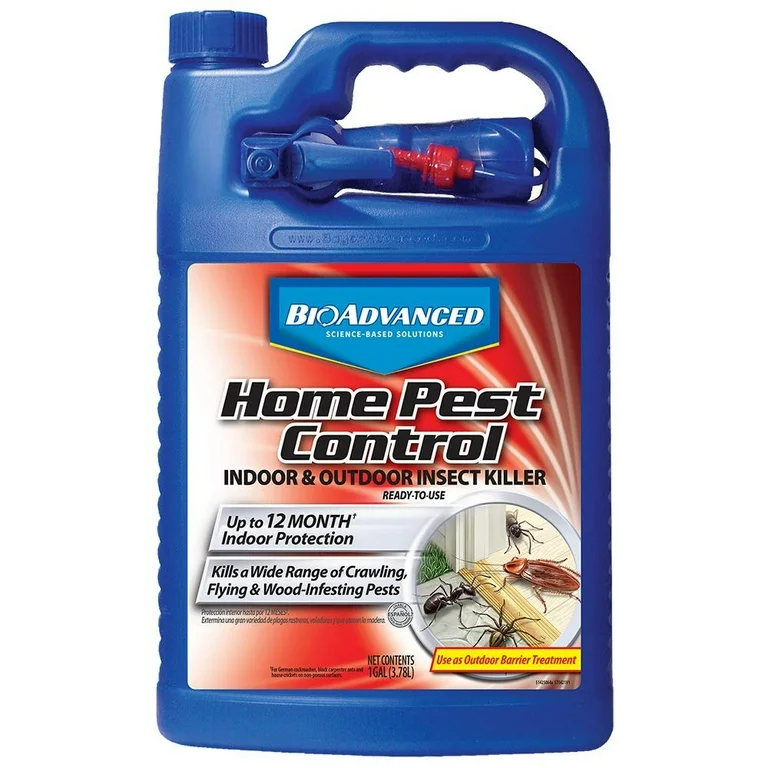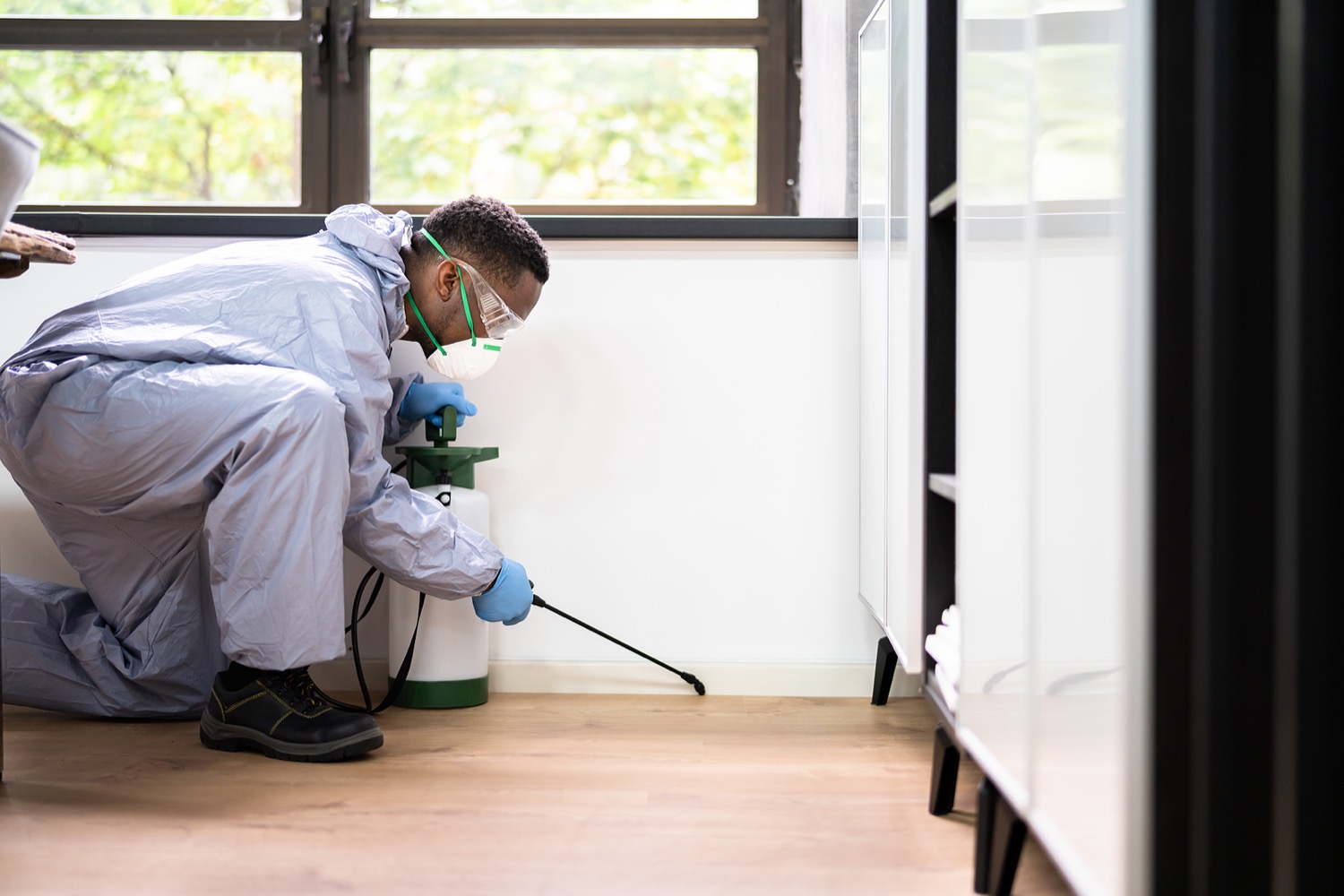A1 Pest Control Charlotte NC Bed Bugs - Professional Elimination Services
Wiki Article
Bed Pest Therapy Malfunction: Comparing Chemical Vs. Non-Chemical Solutions
In the realm of parasite control, particularly when dealing with the relentless problem of bed bugs, the choice between chemical and non-chemical therapy solutions can be a critical one. Both techniques offer distinctive advantages and disadvantages, influencing variables such as effectiveness, security factors to consider, and overall price. By analyzing the nuanced information of each approach, a clearer understanding of which path to go after in dealing with a bed pest invasion can be acquired.Effectiveness of Chemical Treatments
Chemical treatments for bed insect infestations have actually been commonly identified for their potent and fast effectiveness in getting rid of these pests. When taking into consideration the effectiveness of chemical treatments, it is important to understand that they can offer a thorough and quick service to a bed pest problem. Expert pest control experts often count on insecticides to target bed insects at numerous phases of their life cycle, including grownups, eggs, and nymphs. These chemicals usually work by interrupting the bed insects' worried system, resulting in paralysis and eventual death.Additionally, chemical treatments have the benefit of providing recurring effects, meaning that they can remain to eliminate bed pests even after the initial application. This recurring activity is particularly valuable in combating any possible re-infestations. Additionally, the fast action of chemical therapies can bring relief to individuals dealing with serious bed pest problems, enabling them to gain back control of their home swiftly.
Safety And Security Concerns With Chemical Solutions
When using chemical remedies for bed bug therapy is ensuring the safety of residents and the atmosphere,One vital aspect that requires careful consideration. While chemical treatments can be efficient in getting rid of bed pests, they might posture threats otherwise taken care of properly. Among the key safety and security worry about chemical options is the possible damage they can create to human health. Direct exposure to particular chemicals made use of in bed insect treatments can result in respiratory system concerns, skin inflammation, or various other negative responses, specifically in people with pre-existing problems or level of sensitivities. Additionally, incorrect application or dose of chemical pesticides can lead to harmful residues sticking around in the cured location, posturing lasting health risks to occupants.In addition, the ecological effect of chemical solutions is one more significant factor to consider. Some pesticides utilized in bed insect therapies may be damaging to valuable pests, wildlife, and ecological communities if they leach right into the soil or water supply. It is necessary to use chemical treatments judiciously, complying with safety and security standards, and taking into consideration less poisonous alternatives to alleviate these dangers and make sure the secure and effective management of bed insect problems.
Benefits of Non-Chemical Approaches
Thinking about the possible safety and security issues and environmental influence associated with chemical solutions for when to call pest control bed bug treatment, exploring non-chemical approaches provides a promising choice with numerous distinctive benefits. Non-chemical methods offer a more secure alternative for households, particularly those with pets, people, or children conscious extreme chemicals. These methods eliminate the threats of exposure to toxic compounds, lowering the capacity for negative health impacts. In addition, non-chemical treatments are ecologically pleasant, as they do not contribute to air or water contamination, making them a lasting choice for parasite control.In addition, non-chemical options can be reliable in targeting bed pests, including hard-to-reach locations where chemical treatments may not pass through - A1 charlotte pest control companies. Methods such as heat therapy, vacuuming, steam cleaning, and bed mattress coverings provide extensive elimination without the use of damaging chemicals.
Limitations of Non-Chemical Treatments

In addition, non-chemical treatments commonly need several applications to achieve effective eradication. This can be time-consuming and may not always guarantee full elimination of all bed pests and their eggs, specifically in hard-to-reach or covert areas.
Moreover, the success of i was reading this non-chemical treatments heavily depends on proper implementation and thoroughness, which can be testing for people without expert proficiency. Inadequate application of non-chemical techniques might result in incomplete elimination, causing relentless problems and the demand for added treatments.
Consequently, while non-chemical treatments have their advantages, it is necessary to acknowledge these limitations and consider them when identifying the most reliable technique for handling bed insect infestations.
Price Comparison: Chemical Vs. Non-Chemical Options
Provided the restrictions related to non-chemical therapies, a necessary element to evaluate in the context of bed bug management is the expense contrast between chemical and non-chemical alternatives. Chemical treatments generally involve the application of pesticides by experts, which can range from $250 to $900 per area, depending on the intensity of the invasion and the size of the area to be treated. On the other hand, non-chemical therapies like warmth treatment or steam can be extra costly, with prices ranging from $1,000 to $6,000 for a whole home. While the first expense of chemical therapies might appear reduced, numerous therapies might be called for to totally eliminate the invasion, possibly enhancing the general expense. On the various other hand, non-chemical options might give a more environment-friendly and sustainable solution, although they can be cost-prohibitive for some people. Ultimately, when thinking about the cost of bed pest treatment alternatives, it is necessary to weigh the in advance costs against the efficiency and long-term sustainability of the chosen method.Conclusion

Taking into consideration the prospective safety issues and environmental effect connected with chemical solutions for bed pest treatment, exploring non-chemical approaches presents a promising choice with a number of distinctive advantages.Offered the constraints linked with non-chemical treatments, a necessary element to assess in the context of bed insect management is the price contrast between chemical and non-chemical alternatives. In comparison, non-chemical treatments like warm treatment or heavy steam can be a lot more costly, with costs varying from $1,000 to $6,000 for an entire home. While the first cost of chemical treatments may appear reduced, several therapies may be required to completely eliminate the infestation, possibly boosting image source the general price.In verdict, when contrasting chemical and non-chemical bed pest therapy options, it is vital to consider performance, safety and security, advantages, restrictions, and cost.
Report this wiki page